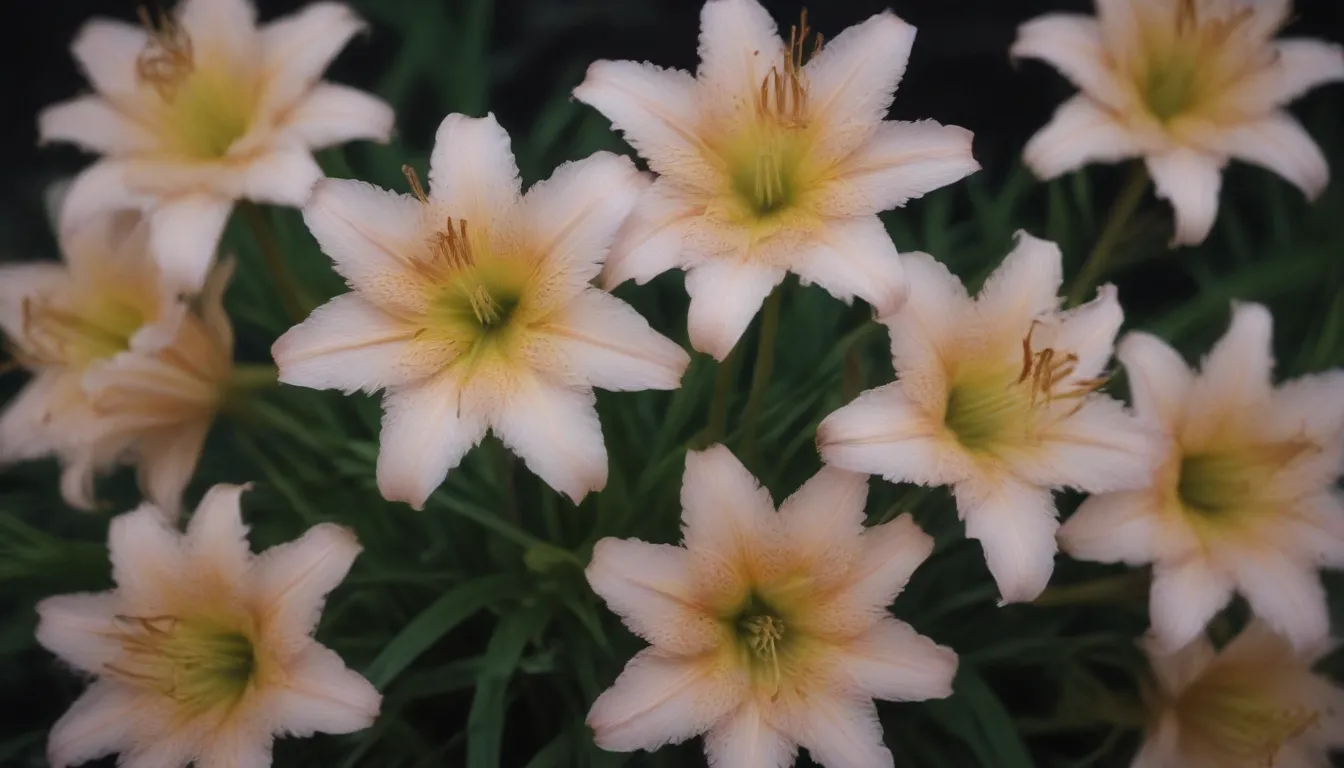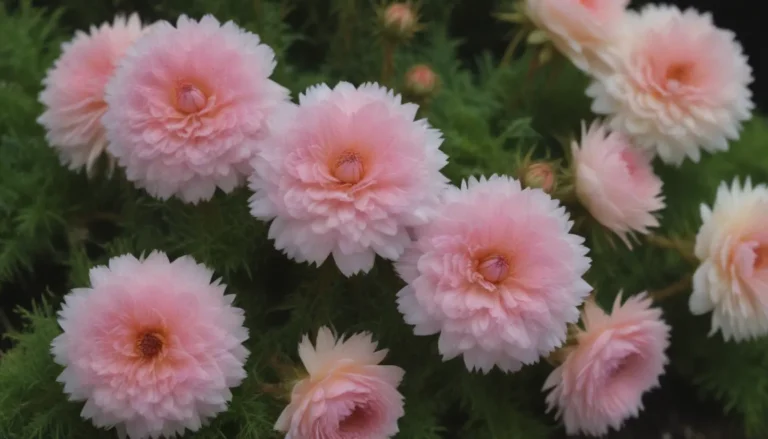The Complete Guide to Growing and Caring for Resurrection Lilies

Welcome to our in-depth guide on how to grow and care for Resurrection Lilies, also known as surprise lilies. If you’re looking to add a touch of beauty to your garden with these unique plants, you’ve come to the right place. In this article, we will cover everything you need to know about Resurrection Lilies, from planting to blooming and beyond.
What are Resurrection Lilies?
Resurrection Lilies, scientifically known as Lycoris squamigera, are not true lilies, but rather part of the amaryllis family. These flowers get their name from their sudden appearance in early fall when they spring forth from the ground without any prior noticeable foliage. With fragrant flowers appearing on naked stems in late August or early September, Resurrection Lilies are a delightful addition to any garden.
Planting and Care Tips for Resurrection Lilies
Planting
- Plant the bulbs in late summer to early fall for best results.
- Ensure to plant the bulbs about five to six inches deep in well-drained soil.
- Choose a location that receives full sun or partial shade.
- Avoid excessive watering, as it can cause the bulbs to rot.
- Resurrection lilies are resistant to deer and rabbits and have minimal risks of pests or diseases.
Light
Resurrection lilies thrive in locations with full sun, but they can tolerate partial shade in warmer climates.
Soil
While Resurrection Lilies are not too particular about their soil, they grow best in loamy soil with good drainage. Adding compost to poor-quality soil can improve their growth.
Water
Moderate watering is needed during the growing season, but limit watering during the dormant period in winter and late June when foliage begins to die back.
Temperature and Humidity
Resurrection lilies are hardy plants but do not tolerate extreme temperatures well. It’s essential to provide them with a moderate temperature range and humidity levels.
Fertilization
Wait for the bulbs to settle for about a month before fertilizing. In autumn, use a high-potassium fertilizer, and in spring, opt for a nitrogen-rich fertilizer to encourage growth.
Pruning and Propagating Resurrection Lilies
Pruning
Resurrection lilies do not require extensive pruning; simply remove dead foliage and stems to maintain their health.
Propagating
After a few years, when blooms diminish, consider propagating through division. Replanting bulbs might not bloom the first year as they establish new roots.
How to Grow Resurrection Lily From Seed
Resurrection lilies grow from bulbs that can be purchased at a garden center or through division of existing plants.
Potting and Repotting
Resurrection lilies can be grown in containers with adequate drainage. Repot when needed and ensure to water well and use slow-release fertilizer for optimal growth.
Overwintering
Protect Resurrection Lilies from cold damage by spreading a layer of mulch over the bulbs when temperatures dip below 28 degrees Fahrenheit.
Common Pests and Blooming Tips
Common Pests
Watch out for aphids and lily leaf beetles, which can be managed using insecticidal soap or spray. Resurrection lilies are hardy and resistant to most plant diseases.
Blooming Tips
Resurrection lilies may not bloom in the first year, but keeping them in well-drained soil in full afternoon sun can help bring forth a profusion of blooms in subsequent years. Remember, these plants can live for seven to ten years with proper care.
In conclusion, Resurrection Lilies are beautiful and unique additions to any garden. By following the tips and guidelines provided in this article, you can ensure that your Resurrection Lilies thrive and bloom year after year. Whether you’re a seasoned gardener or just starting, these low-maintenance plants are sure to bring joy and beauty to your outdoor space. Start planting your Resurrection Lilies today and enjoy the beauty they bring to your garden!





